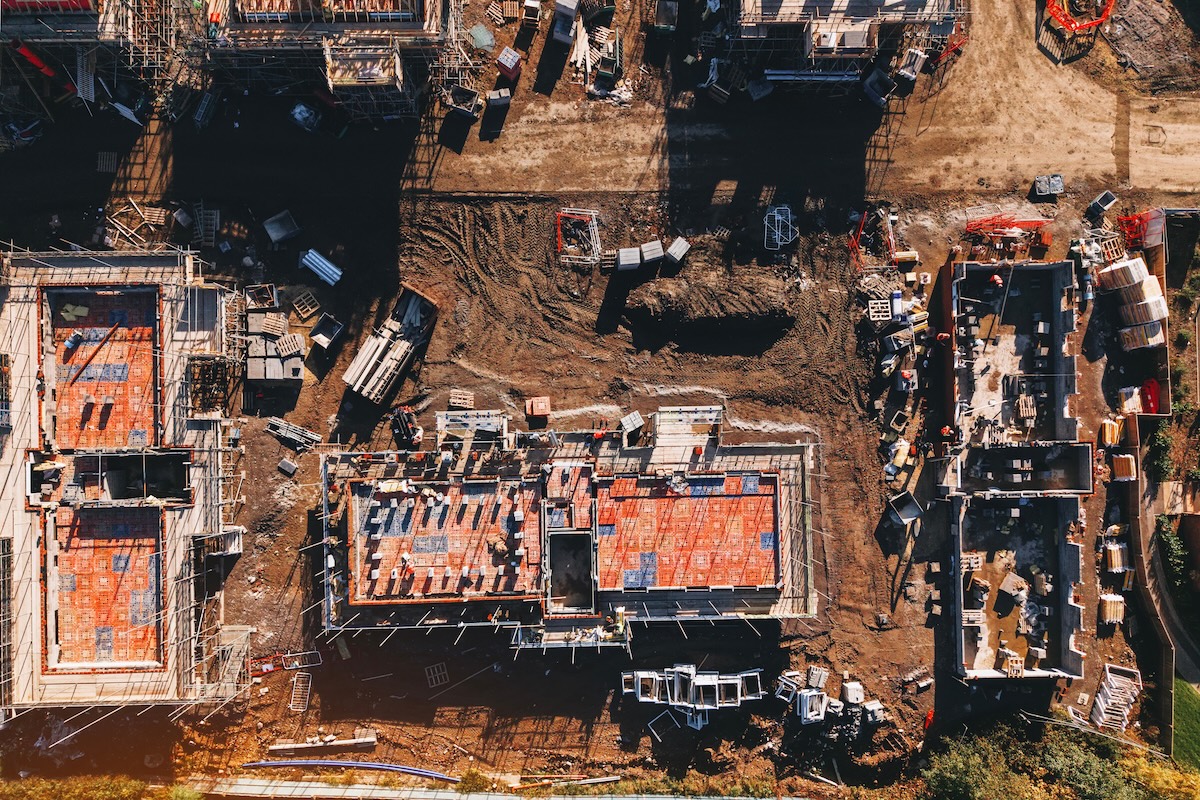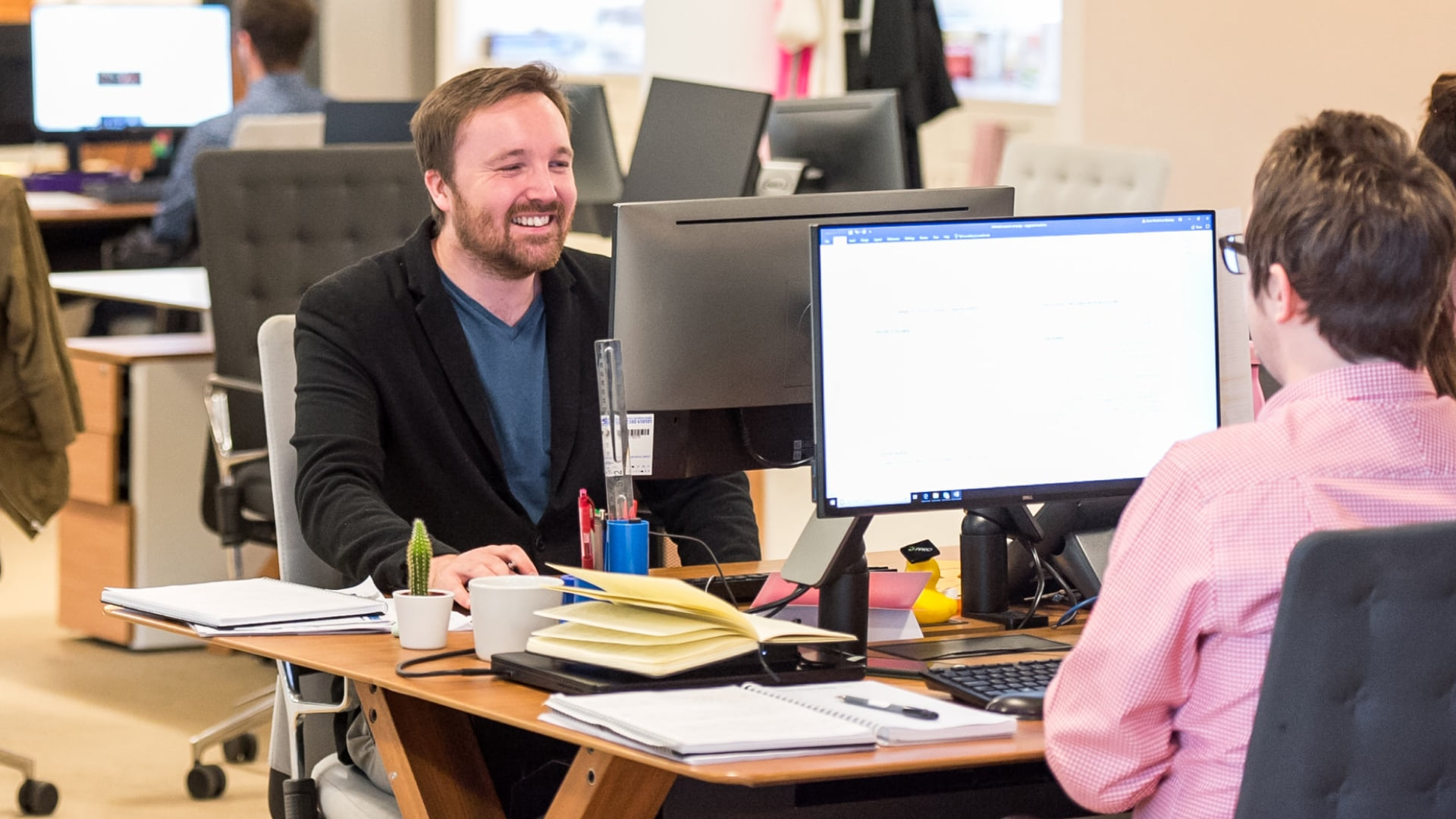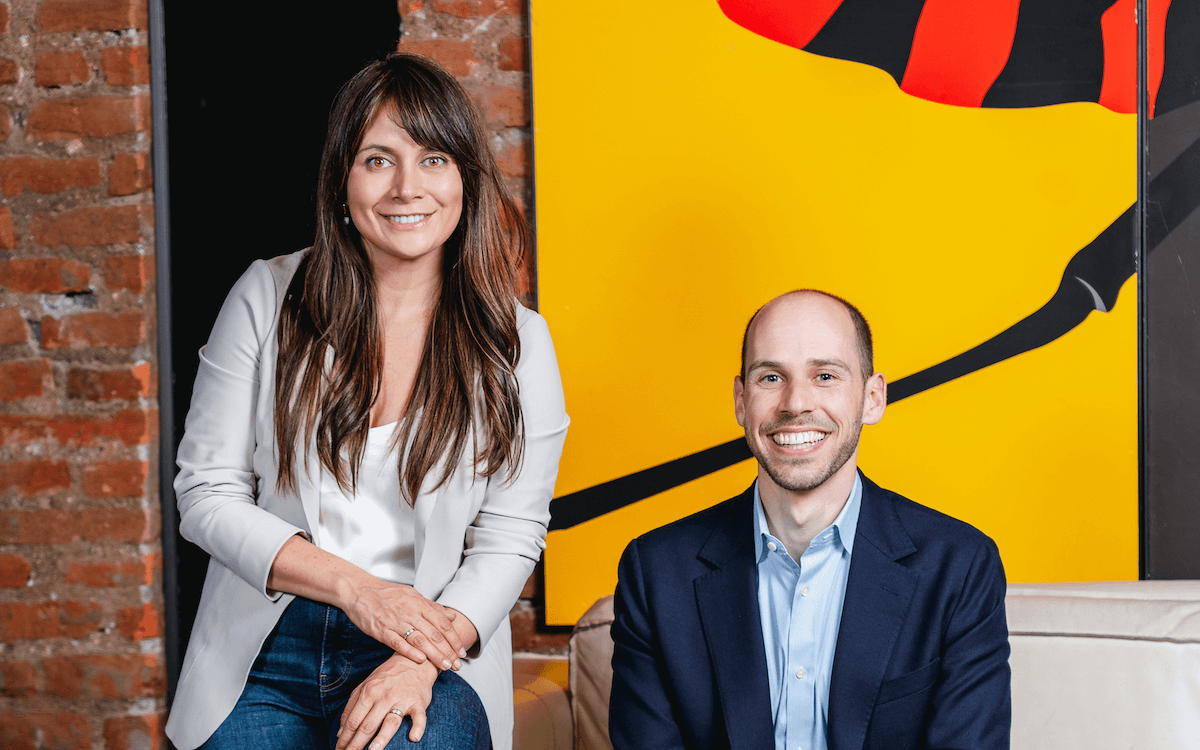Andi Kleissner and Kurt Kuhlmann were shooting arrows at an archery range and debating why solar products weren’t scaling faster in energy poor markets. The two engineers, who’d met through Stanford’s Design for Extreme Affordability class, came up with the idea for their company, Amped Innovation.
“It seemed odd that products on the market were so expensive when the raw material costs have continued to drop year on year,” Kleissner said in an interview with Make in L.A. A lean team and a new product approach, they thought, could “completely change the face of solar product pricing in these markets.”
That led to “the Blossom,” a pay-as-you-go solar home system that they say provides twice the power for a third of the price of competing systems. Even with that kind of advantage, however, Kleissner and Kuhlmann had a hard time finding funders willing to back their business.
Connectivity, digitization, and data can accelerate social progress and economic prosperity only so far. People’s lives still rely on physical things: infrastructure for shelter and movement, for delivering energy and recycling waste and much more.
Yet hardware has long been neglected by impact investors. There are few dedicated hardware venture funds of any kind and even fewer that back products targeted at low-income customers or frontier markets.
“In my experience, there is very little pre-seed money until a company is ready for full production and has 1,000 units in the field and orders in hand,” Kuhlmann said. “It’s a long slog to get to that point of course. And with hardware, there is no inexpensive path to that point.”
Capital intensive
Building and launching a new product can take years in the best of circumstances. But in places where the culture of entrepreneurship is new, or networks are fragmented, or infrastructure is patchy, costs and timelines can easily grow. For most investors, there are too many other opportunities to put their money to work that require far less effort. Like software.
Software ventures took in more than 40% of the roughly $125 billion venture capital pie last year, according to KPMG. Hardware ventures got three to four percent, or 10% including healthcare devices. That’s about $13 billion.
Of that, most went to larger, late-stage deals. Last year set a record for the amount of venture capital invested, yet 1,500 fewer companies successfully raised first-round funds than in 2012. The volume of first-time deals has declined for the past four years though the amount of venture capital invested has more than tripled since 2012.
An exception is Menterra Impact Fund in Bangalore, which invests early, and provides support far beyond financing. Menterra is the sister fund of Villgro, an enterprise incubator that has supported more than 140 social startups, including dozens of hardware ventures. Menterra aims to fill the capital gap between India’s grant-based government programs, which are fueling tech-based entrepreneurship in critical sectors like agriculture, healthcare and energy, and impact investors looking for businesses with demonstrated success in those sectors.
“Most investment funds are passive structures. They just put up money,” says Menterra’s managing director, Mukesh Sharma. The startups that come through Menterra’s door certainly need capital; they also need technical expertise, advice on running a business and product commercialization—the list goes on. This approach naturally deters most investors from hardware-based businesses, particularly at the early stage, when “just throwing money at the problem isn’t enough.”
“The DNA of hardware investors is different. The load we carry is much heavier,” Sharma says. With only $7 million to invest, Menterra’s capacity is limited. “We need to identify more people with that DNA who can write those checks.”
Bridging the gaps
One way to mitigate the risks of hardware investing is through partnerships. SYSTEMIQ, based in London, is an advisory firm and investor that supports corporations and startups addressing climate change and sustainability, focusing on energy, land use, and the circular economy. The company’s investment group looks for early stage “disruptive technologies” for which it can leverage partnerships and networks from its advisory business to support piloting and commercialization.
“We may not always choose to back hardware, but we have to understand it,” says Katya Akulinicheva, the chief investment officer at SYSTEMIQ. “From an impact perspective, of the sectors we look at, only energy is ready for meaningful software interventions. Many impact models require a hardware element.”
For technical expertise, SYSTEMIQ relies on co-investment partners, like French drone manufacturer Parrot. Parrot invested alongside SYSTEMIQ in BioCarbon Engineering, a startup deploying drones for land mapping, preservation and reforestation. Parrot handled the heavy technical lifting as BioCarbon Engineering was developing its technology. Now, SYSTEMIQ is helping BioCarbon Engineering work towards commercialization. SYSTEMIQ’s Indonesia team helped the company secure a pilot project with the Indonesian government in the country’s peatlands.
Fundraising hurdles are even higher for companies working on truly breakthrough technologies. Such innovation has always been costly and time-consuming. New drugs and medical devices take years to develop and pass regulation; new materials and bioengineered foods, like lab grown meat, can require millions of dollars for research and development alone.
“A lot of people default to the traditional [investment profile] even though they’re impact investors. The onus is on us to push the boundary,” says Akulinicheva. “Hardware innovation needs to happen. Are we taking enough risk? It’s definitely a question that keeps me up at night.”
Traditionally, government-backed programs have cut the biggest checks to help get these technologies to market. Now, some private organizations are developing creative ways to use philanthropic dollars to help early tech ventures make the transition to investment capital.
The PRIME Coalition, for example, targets technology ventures with significant climate impact potential. PRIME invests only in companies that even early-stage impact funds won’t consider. PRIME’s 12-member investment committee includes representatives from impact venture funds, like DBL Ventures and Capricorn Investment Group.
“Our committee effectively makes anti-investment recommendations,” says Matthew Norden, PRIME’s co-founder. “They look at all the reasons they couldn’t invest through their own funds. They also have to look at if the risk were retired, would they consider [these ventures] later.”
PRIME has screened thousands of early-stage startups and climate impact projects. Only nine have made it through its technical vetting process and investment committee. The companies PRIME has funded each have the potential to offset at least a gigaton of carbon emissions and are all based in the U.S. All are working on hard technologies. Software and services companies are more likely to be funded by traditional sources, Norden says, “because the capital intensity is so much lower.”
To date, PRIME has corralled $18 million from 56 philanthropic organizations, including the Will and Jada Smith Foundation, the MacArthur Foundation, and the Pritzker Innovation Fund. The capital it finds often comes in different forms: traditional grants, recoverable grants, program-related investments, and so on. “Any form [of capital] that a philanthropist is comfortable placing, we will use,” says Norden.
In India, AmpHealth is testing a different philanthropic model: it offers pre-seed grant funding for companies making affordable medical devices. It also works with grantees to help them tackle business skills gaps, operational hurdles, and other issues. If the company starts to succeed, AmpHealth can make a follow-on equity investment.
The investment firm Unitus Ventures launched AmpHealth with grant funding from pharmaceutical company Pfizer three years ago, in response to a dearth of investment-ready health tech companies.
“The opportunity for diagnostics devices in low resource environments [like India] is huge,” says Will Poole, co-founder of Unitus Ventures. “We saw a lot of companies that were too nascent even for us as an early stage investor.”
The first venture AmpHealth supported was UE LifeSciences, a company that makes an affordable, portable breast exam device to enable early cancer detection. AmpHealth’s grant supported the relocation of UE LifeSciences’ device manufacturing from the U.S. to India. The company has since raised more than $4 million from investors, including Unitus Ventures.
The question is whether there is enough of this catalytic capital to stock the impact investment pipeline for later stage deals. Very early-stage financing like that provided by PRIME and AmpHealth is proving to be a critical growth funding stream for high-tech impact startups, especially as early-stage companies command a dwindling share of the overall venture capital pie.
Sharing risk
Amped Innovation was one of the lucky ones that eventually found investors, and has expanded beyond the Blossom with other products that can generate additional income for customers.
One investor was the international microfinance organization FINCA. FINCA’s decision to build a venture funding team stemmed from its recognition that “access to finance isn’t a silver bullet” to helping people out of poverty. The newly-launched venture investment initiative, FINCA Ventures, has backed multiple hardware-based ventures in seed and Series A rounds.
“People need access to other things,” like basic products and services delivering energy, education, or sanitation, says Ami Dalal, FINCA Ventures’ managing director. FINCA can offer early startups market networks and customer knowledge and reach, but “we [don’t have] expertise in hardware, and it would be challenging for us to develop that expertise,” she adds.
For the investment in Amped Innovation, FINCA co-invested with Schneider Electric, a global provider of energy management systems. “A partner like Schneider Electric can deploy its team of engineers, and we can help a company like Amped Innovation understand what their customers want,” Dalal says.
“FINCA and Schneider both bring our core competencies, which mitigates investment risk, adds value to our investees, and increases the likelihood of great hardware getting into markets that need it most.”
Editor’s note: This article is co-published with the American Society of Mechanical Engineers’ publication, Demand.












